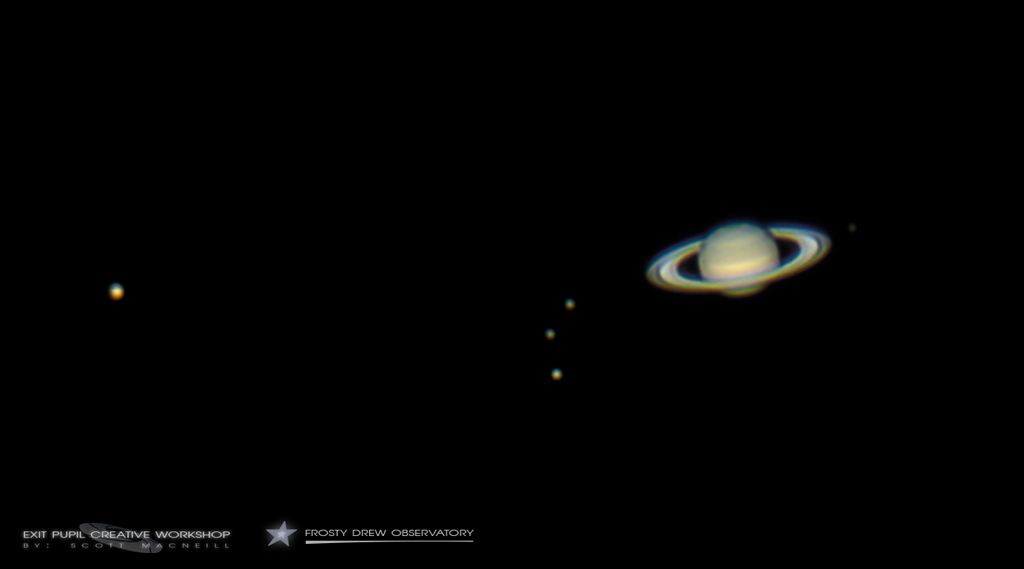Astronomers Bring Stars to Indianapolis in Public Skywatching Event

Astronomers from around the world put the stars and planets on display for the people of Indianapolis last week.
For the first time, the members of the American Astronomical Society (AAS) hosted events specifically geared toward people from all walks of life during the society's 222nd meeting last week. Scientists teamed up with amateur astronomers from the Indiana Astronomical Society to set up telescopes outside of the Indiana Convention Center in downtown Indianapolis on June 3.
Astronomers and members of the public mingled and peered through about 10 telescopes aimed at Saturn as it rose in the night sky. "Saturn really captures people's imaginations," one AAS member said to another during the event. [See Amazing Night Sky Photos by Stargazers]
A family coming from a graduation ceremony in the convention center stopped by the event when they saw telescopes set up across the street.
"I took an astronomy class in college, but this is probably a new experience for them," said the mother as she pointed to her two small children looking through telescopes on the lawn.
"This is my first time, I thought it was really cool," said the son after he spied Saturn. "I didn't expect it to be as light. It looked more like a star than a planet."
Some AAS members brought their children out to take part in the fun as well. One young child sporting a mohawk looked through a telescope similar to the one Galileo Galilei used when he observed Saturn for the first time before moving on to a telescope powerful enough to clearly display a few of the ringed wonder's moons.
Get the Space.com Newsletter
Breaking space news, the latest updates on rocket launches, skywatching events and more!
Mimas — the so called "Death Star" moon orbiting Saturn — was prominently on display with Titan, the planet's largest moon, in the same field of view.
"Did you see the coolest moon?" a dad asked his son before they moved on to a different telescope. "Do you see why they call it the 'Death Star' moon?"
Some stargazers were also treated to a coincidental flyover by the International Space Station during the skywatching session.
The event marked the first time the AAS has invited members of the public to take part in the twice-annual conference. AAS officials invited experts to give half hour talks geared toward a non-scientist audience for two days in Indianapolis.
The lectures ranged in topic from the birth of the universe to possible interstellar destinations for humans in future missions to space. Other talks focused on Pluto's storied history as a planet and nearby exoplanets.
Follow Miriam Kramer on Twitter and Google+. Follow us on Twitter, Facebook and Google+. Original article on SPACE.com.
Join our Space Forums to keep talking space on the latest missions, night sky and more! And if you have a news tip, correction or comment, let us know at: community@space.com.

Miriam Kramer joined Space.com as a Staff Writer in December 2012. Since then, she has floated in weightlessness on a zero-gravity flight, felt the pull of 4-Gs in a trainer aircraft and watched rockets soar into space from Florida and Virginia. She also served as Space.com's lead space entertainment reporter, and enjoys all aspects of space news, astronomy and commercial spaceflight. Miriam has also presented space stories during live interviews with Fox News and other TV and radio outlets. She originally hails from Knoxville, Tennessee where she and her family would take trips to dark spots on the outskirts of town to watch meteor showers every year. She loves to travel and one day hopes to see the northern lights in person. Miriam is currently a space reporter with Axios, writing the Axios Space newsletter. You can follow Miriam on Twitter.









